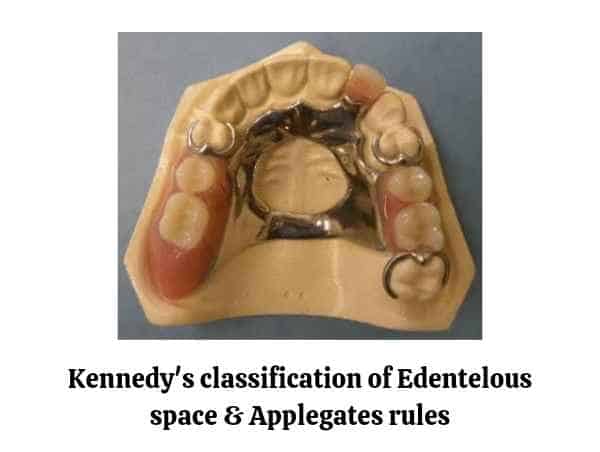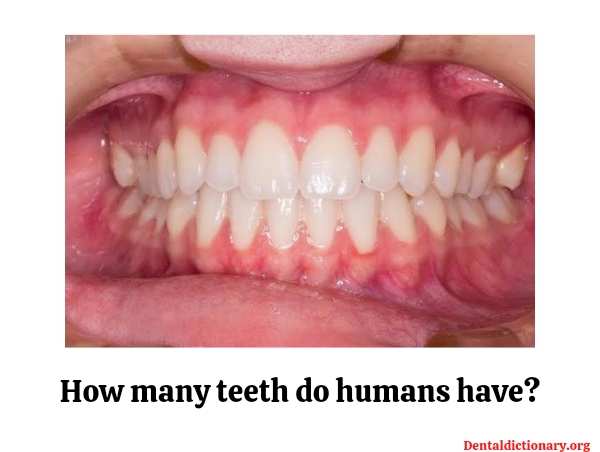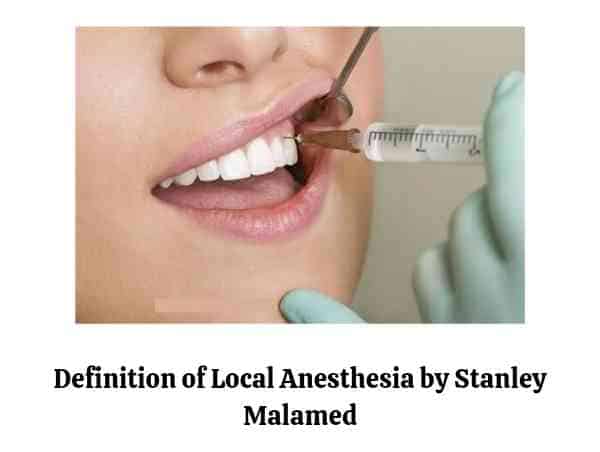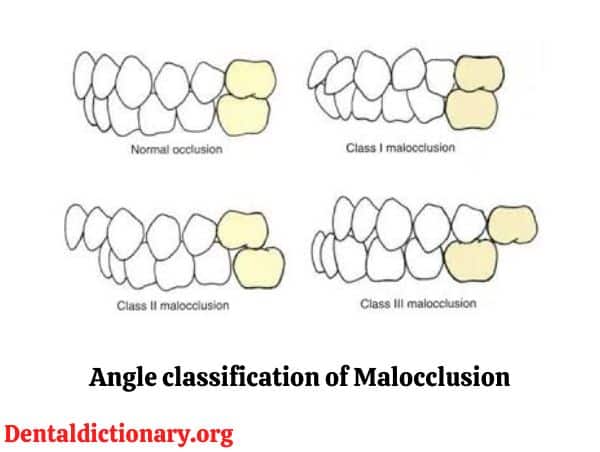Ellis and Davey Classification of tooth fracture (1960)
Ellis and Davey gave the classification of tooth fracture in 1960. It is one of the most commonly used classifications for determining the fracture of a tooth. Apart from Ellis and Davey, the second most widely used classification is Bennett’s classification (1963)
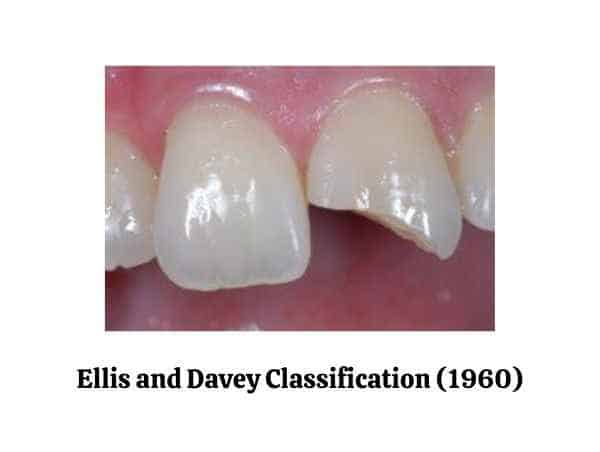
Ellis and Davey’s classification
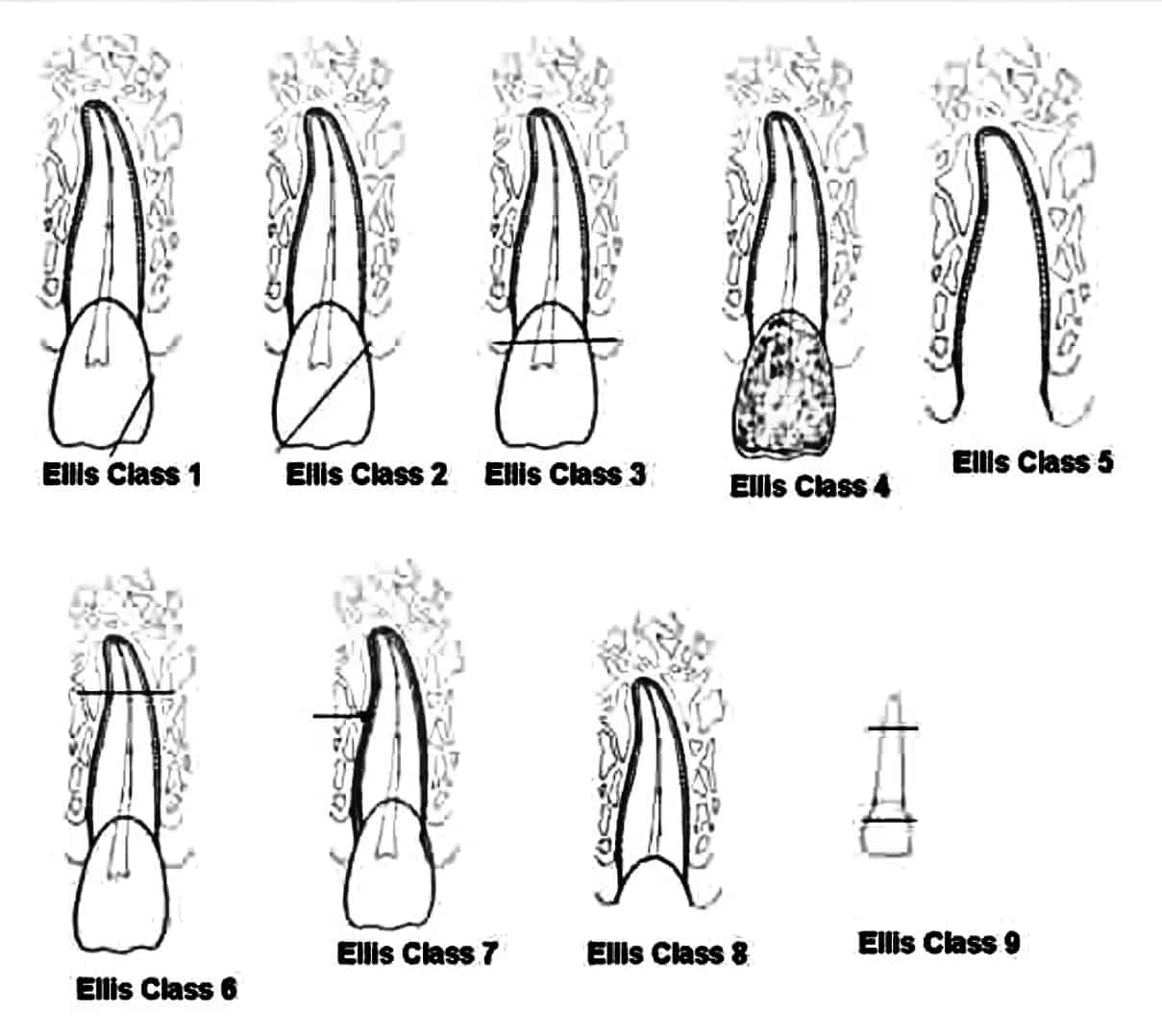
Class I – Simple fracture of crown involving only enamel with little or no dentin
Activity – S4 andarine bodybuilding, s4 andarine pct – Unied pfizer testosterone cypionate for sale list of steroids for bodybuilding, list of otc steroid eye drops – coachingyou® by schildbach
Class II – Extensive fracture of crown involving considerable dentin but not exposing the dental pulp
Class III – Extensive fracture of crown involving considerable dentin and exposing the dental pulp
Class IV – The traumatized tooth that becomes nonvital with or without loss of crown structure
Class V – Total tooth loss—avulsion
Class VI – Fracture of the root with or without loss of crown structure
Class VII – Displacement of a tooth with neither crown nor root fracture
Class VIII – Fracture of crown en masse and its displacement
Class IX – Traumatic injuries of primary teeth: (According to Cohen—cracked tooth, According to Mathewson—cyclic dislocation of a tooth)
All the classes are self-explanatory and easy to remember.
What is Ellis’s classification?
Ellis classification is a medium used to decide the extent of a dental fracture. It was given by Ellis & Davey. Dentists use this classification to take a case history and maintain records. It is easier to use than explaining full data about the fracture.
How does a tooth get fractured?
Dental trauma is one of the main reasons for tooth fractures. The teeth can also get fractured for the following reasons:
- Abnormal habits like clenching, bruxism
- Abrasion
- Erosion
- Blunt trauma
- Sharp trauma
The classification of Ellis and Davey was later modified by McDonald, Avery & Lynch in 1983 and was completed in 4 classes.
Modified Ellis and Davey Classification [By McDonald, Avery and Lynch (1983)]
The modification was made by McDonald Avery and lunch in 1983 to narrow down the classes of Ellis & Davey’s classification but is not used much.
Class I – Simple fracture of the crown, involving little or no dentin
Class II – Extensive fracture of the crown involving considerable dentin but not the dental pulp
Class III – Extensive fracture of the crown involving considerable dentin and exposing the pulp
Class IV – Loss of the entire crown
If you have any doubt about this topic, then please comment below. We are happy to help you out.
